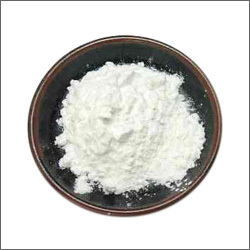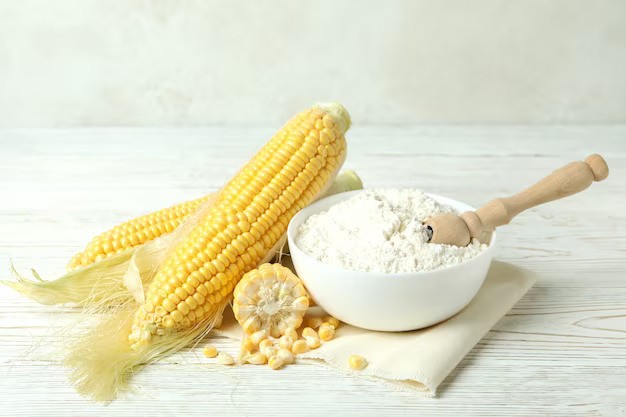Maize starch, commonly known as corn starch, is a pivotal thickening agent in the food industry. This article undertakes a detailed chemical examination of maize starch, exploring its molecular composition, potential hazards, safety measures, and versatile applications.
Product Identification: Referred to interchangeably as corn starch, this substance possesses a molecular weight exceeding 4000, represented by the chemical formula (C6H10O5)n, and bears the CAS number 9005-25-8.
Composition/Information on Ingredients: Comprising 99.0% carbohydrates, primarily glucose (C6H12O6), maize starch demonstrates an absence of discernible hazardous elements.
Hazards Identification: While generally considered benign, precautions are essential. Airborne starch dust may form an explosive mixture, emphasizing the need for meticulous handling and storage.
First Aid Measures: In the event of exposure, judicious first aid involves relocating affected individuals to fresh air, seeking immediate medical attention for respiratory distress, and addressing incidents of ingestion, skin contact, or ocular exposure promptly.
Fire Fighting Measures: Due to its organic nature, maize starch may pose a fire risk under elevated temperatures. Appropriate fire extinguishing media include water spray, dry chemical agents, foam, or carbon dioxide.
Accidental Release Measures: Mitigating the dispersion of starch dust during spills is paramount. Using non-sparking tools, moistening spills with water, and executing a cautious cleanup are essential procedures, with due consideration for containment.
Handling and Storage: Adherence to stringent storage protocols, including the use of tightly sealed containers in cool, arid environments, is strongly advocated. Empty maize starch containers, retaining product residues, mandate meticulous observance of safety precautions.
Exposure Controls/Personal Protection: Recommended personal protective equipment includes gloves, specialized clothing, and chemical safety goggles. While no specific airborne exposure limits have been established, adequate ventilation is advised.
Physical and Chemical Properties: Maize starch manifests as a white to pale creamy powder, characterized by odorlessness, insolubility in water or alcohol, and a pH range of 4.5 – 7.0. Noteworthy properties include stability, bulk density, and viscosity at 90 degrees Celsius.
Stability and Reactivity: Under normal conditions, maize starch demonstrates stability, although the application of heat may yield carbon dioxide and carbon monoxide. Hazardous polymerization is not anticipated, but incompatibility with strong oxidizers should be meticulously avoided.
Toxicological Information: Acute effects may encompass harm through inhalation, ingestion, or skin absorption, necessitating meticulous adherence to prudent handling practices.
Disposal Considerations: Stringent waste disposal procedures, in accordance with federal, state, and local regulations, are imperative. Recognition of potential alterations in waste management options due to processing or contamination underscores the importance of responsible disposal practices for both the substance and its residues.

Conclusion: As a chemical analyst, a profound understanding of maize starch’s properties and safety considerations is indispensable for ensuring its judicious and secure integration into diverse industries. This nuanced exploration elucidates the multifaceted nature of maize starch, acknowledging its pivotal role not only in culinary applications but also within the broader spectrum of industrial utilization.


